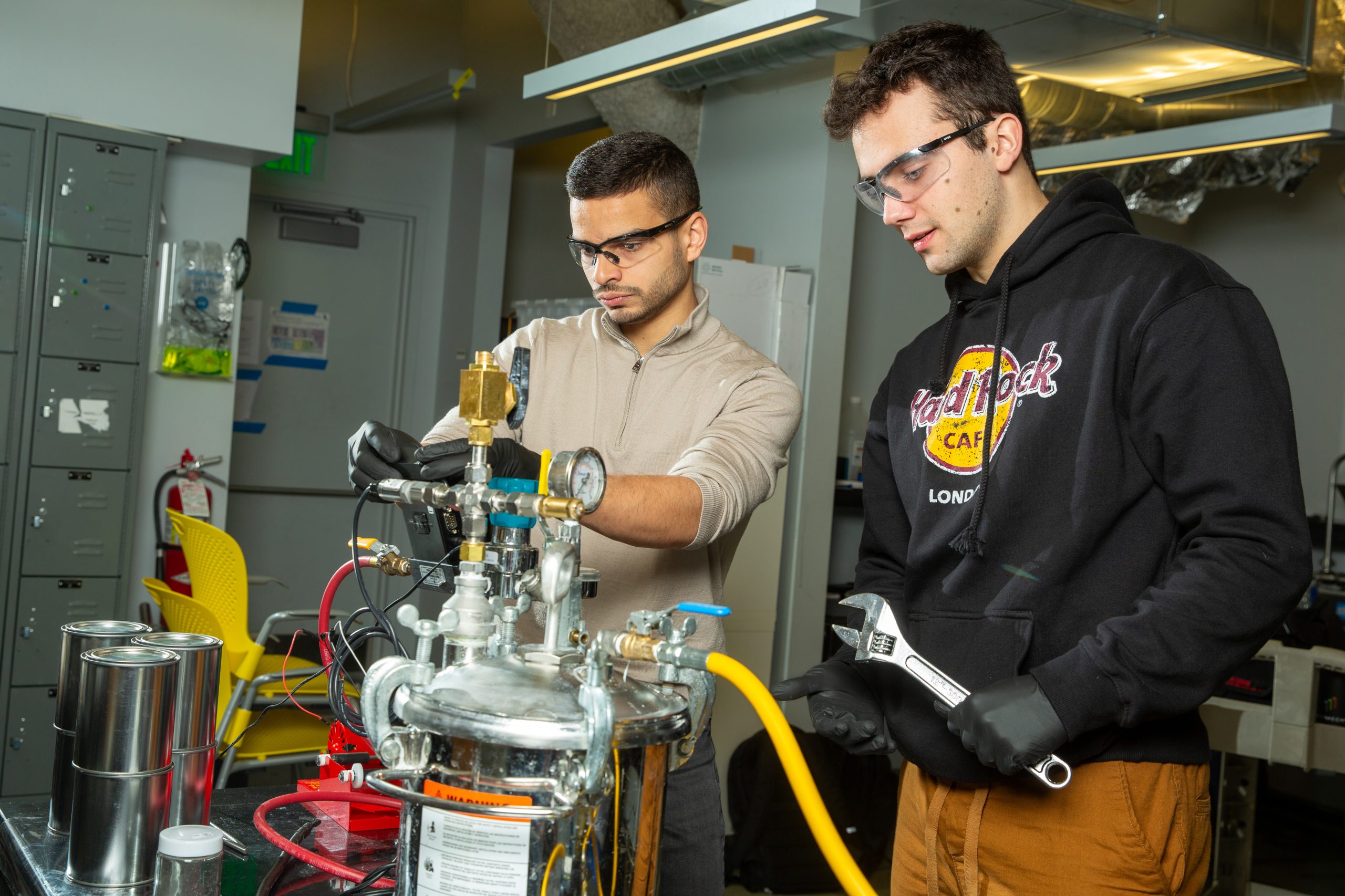Even if a news item about Covid-19 is entirely accurate, it still has the power to mislead readers about the virus. That’s because journalists often use “real people” to “humanize” their stories. For instance, a story might feature a family member of a person who died from the virus giving a moving, perhaps harrowing account of the virus’s effects. Yes, this is one person’s experience of the virus, but it’s not representational on the whole.
As you search for truth within news stories about the pandemic, make sure to take the following things into account to separate fact from fiction.
Harrowing, memorable, and incomplete: Recently, National Public Radio wrote a gut-wrenching story told from first-person accounts of two women who continue to suffer months after getting the virus. While this story might be powerful enough to make sure you keep your mask on, you should keep in mind that evidence suggests very few people will become Covid-19 “long haulers”. And although we don’t yet fully understand COVID-19, we do know the overall recovery rate from the virus is between 97% and 99.75%.
Anecdotal evidence is…anecdotal: News stories often use “anecdotal leads”. This typically involves starting a news item with a short story. For instance, when explaining the antiracism protests following George Floyd’s death at the hands of police, many news items appearing in the media began by telling the story of a Santa Monica liquor store owner who protected his store with an assault rifle. While this may have happened, it is not indicative of how unrest across the nation is playing out. Most protests are peaceful, and when looting breaks out business owners generally leave armed defense to the police.
The problem with lead anecdotes is that the human brain is “hard-wired to think anecdotally,” meaning we tend to remember the opening anecdote more than anything in the story. So, the next time you read a story, try to make a more conscious effort to understand the whole picture rather than just the opening anecdote.
The big pandemic puzzle: Journalists gravitate towards fascinating personal accounts or case studies. And while the real-person story can help people understand today’s complicated world of deadly pandemics, civil unrest, and economic devastation, we must be wary of how these accounts distort our overall outlook on a situation. Examples are only part of a bigger picture that may well be abstract, nuanced, and ever-changing.
To be a wise news consumer, you must consider each example as just one piece of the pandemic puzzle. As you gather more pieces, you can make the daily decisions needed to keep you and your family safe.












